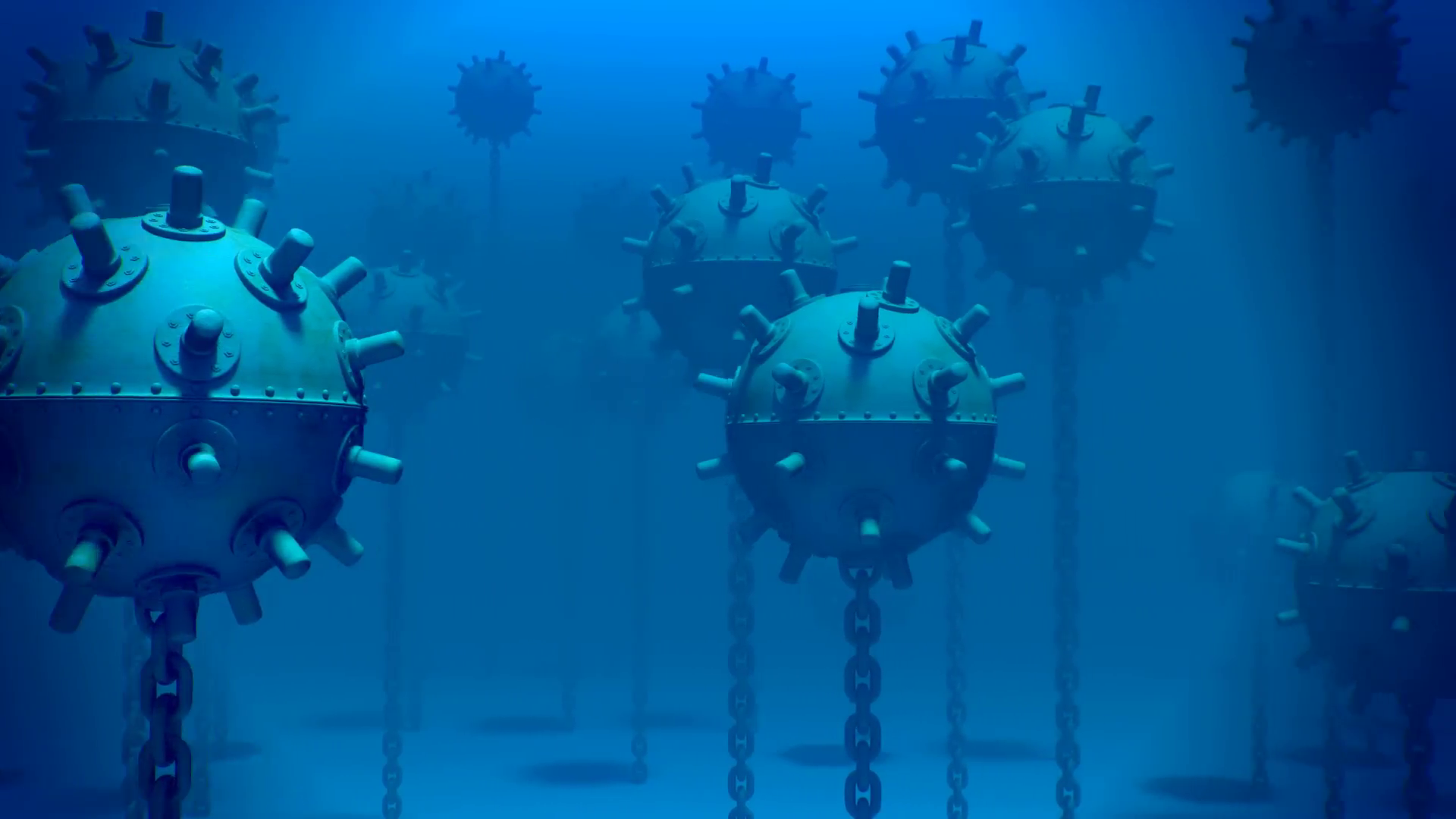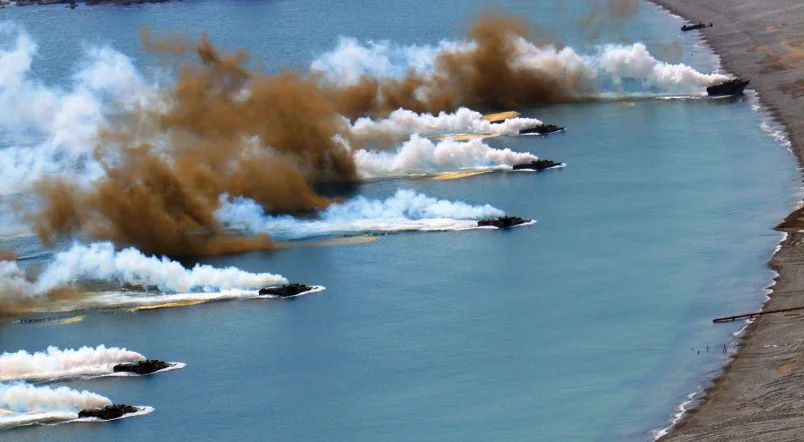It is vital that alongside expensive amphibious assault ships a navy invests in mine warfare equipment and training, otherwise, the procurement of an amphibious capability will have been in vain. Naval mines are not going anywhere soon...nor will amphibious operations if they lack the ability to deal with sea mines.
From Belleau Wood to Pacific Beaches: Major Developments in the U.S. Marine Corps
The United States Marine Corps entered World War I as a small arm of naval infantry. Three decades later, the Marine Corps was poised for war with enhanced amphibious and aviation capabilities that proved vital in defeating Imperial Japan. Pivotal to the transformation of the Marine Corps was the Battle of Belleau Wood in 1918.
#Reviewing Combined Operations
A major power confronts another across a wide expanse of ocean. Neither opponent is able to significantly threaten the other’s mainland without mastering and crossing the waves. But the vast distances involved are daunting even for the opposing navies. One side then executes an east-to-west island hopping campaign, using the possession of islands to control the sea and project force far beyond the capacities of lesser powers.
Command of the Littorals—Insights from Mahan
For all the changes in naval warfare—from non-state actors to precision-guided missiles to the inevitable small, autonomous, unmanned craft tactics—the maritime world is exactly how Alfred Thayer Mahan described it a century ago. This doesn’t mean naval tactics, and therefore naval warfare, will be the same as described in his works. That won’t be the case. Whatever character littoral naval warfare takes on in the future, its north star will always be sea control.
Vicksburg: The Past and Future of Amphibious Operations
The Vicksburg Campaign yields a number of lessons for tacticians and strategists. Grant was a talented commander to be sure, but the most important reason for his success was the Union Navy under the able leadership of Admiral Porter. Not just its presence, but the tight coordination between the two allowed one to support the other and vice versa. Land and sea are too intimately connected during amphibious campaigns for the typical supported/supporting relationships to work, there must be symbiosis.
Preparing for 2035: The Navy’s Role in Shaping the Future
On 15 October 2036, the USS ZUMWALT (DDG-1000) glides through the Philippines Sea on the twentieth anniversary of its commissioning. Nearby, the USS ENTERPRISE (CVN-80) launches both the F-35C and the unmanned F-47C to jointly conduct bombing raids on the Navy’s Western Pacific bombing range. Both ships, along with the entire ENTERPRISE Carrier Strike Group, are headed toward the South China Sea to participate in the annual US-India-Singapore naval exercise called DRAGON FURY. Below the surface, the USS MONTANA (SSN-794) deploys the unmanned underwater vehicle called SEA-EYE to assist in trailing a Russian Dolgorukiy class SSBN as it leaves port headed to its strategic patrol areas.









